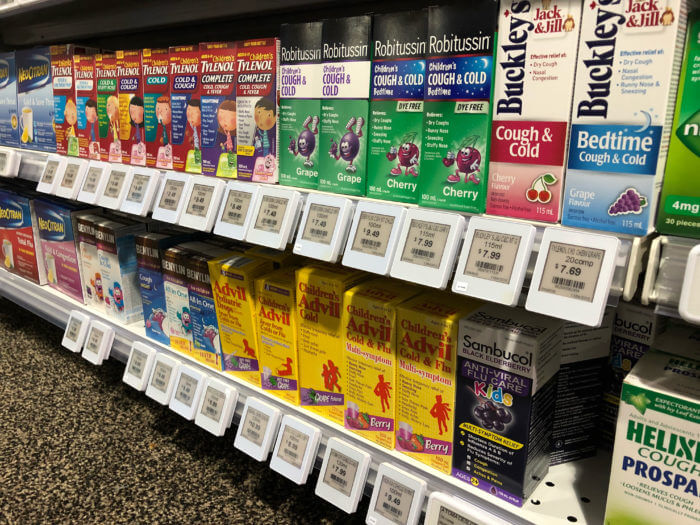Did you know that 97% of retailers have admitted that they have been impacted by digital disruption?
In Fujitsu UK’s latest research The Forgotten Shop Floor, Managing Director Rupal Karia explains, “As consumers, we now expect physical channels to reflect digital ones, and to be engaging, personalised and hassle-free.” Retail Week also recently revealed that 71% of consumers still make 60% of their purchases in-store, and 11% even continue to shop exclusively in-store – but 35% use stores to browse, touch and feel items before buying online (‘a concept known in the industry as ‘showrooming.’)
What does this tell us? In-store shopping has not changed – but rather what is expected from the experience.
The concept of ‘omni channel’ shopping is no longer just a marketing buzzword; it is a very real demand that consumers are increasingly expecting businesses to get right – and that are increasingly becoming frustrated with those who get it wrong.
Regardless of whichever channel they choose, the message needs to stay consistent, and there is one digital solution that can narrow the gap more than any other; digital smart labels.
What Do They Do?
Digital smart labels enable large scale pricing automation. They can easily be integrated with retail POS systems and to enable flexible, dynamic price updates. As a result, shelf edge pricing can be remotely updated on a global scale with the click of a button. This can help businesses to improve workflow, and significantly reduce traditional overheads associated with paper labels.
The Details
Our Digital Smart Labels™ are equipped with top of the line e-paper displays. This technology is known for its ultra-low power consumption. Because of this, they can support five years of use (typically, 2 price changes a day).
Currently, we can display four different colours: black, white, red, and yellow. Our units are waterproof and freezer-friendly, meaning that they can be placed anywhere in a store environment.
Return On Investment
ROI is based on cost reduction. First, there are labor costs for creating labels, price changes – often several thousand per week – and for promotions. Digital Smart Labels™ reduce price checks at the shelf edge and complaint management due to price discrepancies. Secondly, cost reduction is the cost of paper and of printing the labels. Digital Smart Labels™ cut these costs by more than 80 percent.
Overall, businesses typically save upwards of 60% through pricing automation. These quantifiable advantages come with a number of other benefits, which are more difficult to measure but which weigh just as heavily in a retailer’s decision to invest: Digital Smart Labels™ allow a more dynamic and responsive pricing policy. Also, they raise client satisfaction and brand loyalty and while providing an image of modernity.
Is It The Future?
L'application Digital Smart Labels™ will be worth $1.4 billion by 2023, up from $392.2 million in 2017, according to a report by MarketsandMarkets. The market will also grow at a compound annual growth rate of 23.98 percent between 2017 and 2023.
The full graphic e-paper label is expected to hold the largest share of the market, due to the demand for price automation from retailers.
Gene Wojciechowski, former CIO of Walmart says ‘Retail is detail – consumers want to understand to the smallest details where the goods are and how up to date they are. The desire for information is huge, and Digital Smart Labels™ can provide that.’




